Data-driven attribution models still lead to gut decisions – here are the alternatives
How can you improve your digital marketing campaigns when even the most sophisticated marketing attribution models still lead to gut decisions? Here, Constantine Yurevich (CEO and founder, SegmentStream) explains how attribution is on its way out, and the industry needs new innovations.

A light bulb moment for the data attribution problem
During the last few years we have spoken to a long list of businesses around the world who are spending more than $100k/month advertising their products on Facebook.
When discussing their results, they tell us that Facebook’s reporting or Google Analytics show the ad campaigns as barely breaking even.
Yet they keep investing in this channel. They reason that Facebook can only see a fraction of the sales, so if Facebook is reporting a 1x return on ad spend (ROAS) then it’s probably at least 2x in reality.
We see this contradiction all the time. Marketers track results as best they can, but unreliable tooling means they end up making gut decisions.
This is a constant issue with marketing attribution. Here we discuss how the marketing world ended up in this position and how new alternatives can help marketers avoid existing issues.
A brief intro to rule-based attribution
Analytics teams have typically had a variety of attribution models to choose from.
The simplest of these are rule-based models, where the credit for a conversion is divided in a simply defined way between the relevant touchpoints. These can be divided into single-touch or multi-touch attribution.
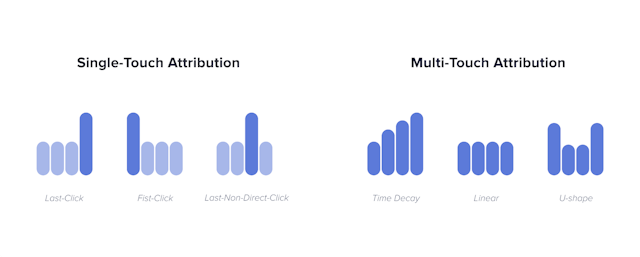
Single-touch models attribute the whole value of a conversion to a single click. For example, Meta’s reporting defaults to a post-click model, where the sale is attributed to the last ad within their network that somebody clicked before making the purchase.
Multi-touch models distribute the conversion value across multiple touch points based on the chosen rules, most commonly through time decay, linear, or U-shape. So if Google tracks a visitor across three touch points before buying a $90 product, a linear model would attribute $30 to each click.
Getting smart with data-driven attribution
Data-driven attribution (DDA) adds machine learning into the mix.
DDA has existed for several years, having been added to Google Ads back in 2016 before making it a default option in 2021.
The idea is to look at a large volume of conversions and visitor journeys to calculate how each touchpoint contributed to a sale. The resulting model can have more variation than the simple rule-based approaches covered above.
Google explains how the algorithms evaluate conversions as follows:
“The model learns how different touchpoints impact conversion outcomes. The model incorporates factors such as time from conversion, device type, number of ad interactions, the order of ad exposure, and the type of creative assets.
“Using a counterfactual approach, the model contrasts what happened with what could have occurred to determine which touchpoints are most likely to drive conversions. The model attributes conversion credit to these touchpoints based on this likelihood.”
It relies on having a large amount of data for the model to analyze, with some types of goals needing at least 300 conversions over 30 days per campaign to be eligible.
With that much complexity, it’s tempting to believe that DDA can finally give us “true” attribution data, but let’s look at the potential shortcomings.
Why data-driven attribution suffers the usual shortcomings
It is essential to note that DDA suffers from the same weaknesses as rule-based attribution models. Adding algorithms into the mix doesn’t solve the weaknesses of cookie-based tracking.
This is because, in the world of machine learning, it is understood that the results you yield are only as good as the data you put in. Or as it is perhaps more commonly known, garbage in = garbage out.
Even the most sophisticated data-driven attribution models rely on tracking a user’s customer journey to a conversion. This means that if for some reason it is not possible to observe and stitch the full path to conversion, no matter how advanced the attribution model in use, the results will still be similar to that of the last-click attribution model.
There are multiple reasons why tracking customer journey on a granular level is impossible nowadays:
- Cross-device customer journeys
- Cross-browser customer journeys
- Expiration of cookies after one-to-seven days due to ITP
- Incognito mode, and other cookie tracking issues
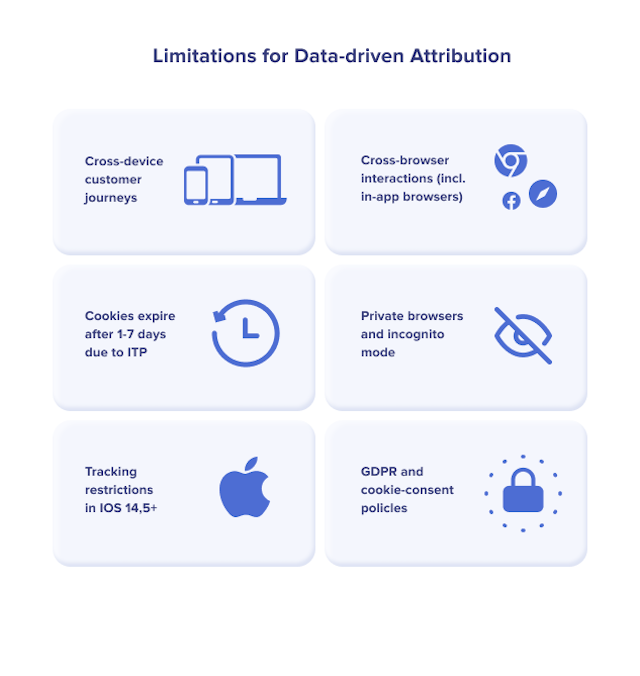
So with all of these data limitations, we can’t expect anywhere close to the truth with our data-driven models. As an example, let’s take a look at the following customer journey:
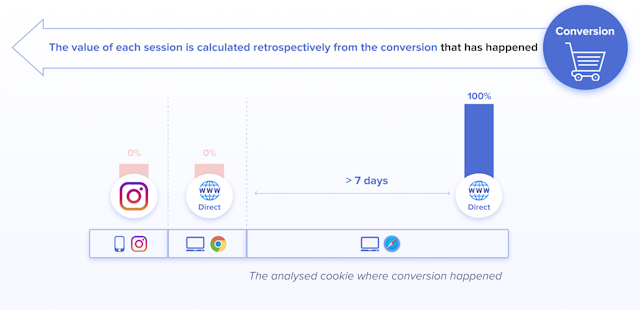
The user clicks on your ad on Facebook and opens your website inside a built-in in-app browser. At some point during the interaction, the user switches to Chrome
Later on, back at home, the user searches in Google for the website and clicks on a brand ad, and interacts with your website further. Eight days later, the user finally makes a purchase by returning to the website directly.
In this case, each interaction prior to the final conversion will get zero value. But also – even the last paid interaction from Google Ads will also get zero value. This is because the conversion happened more than seven days between the click and conversion; ITP removes all cookies post seven-days.
This way, 100% percent of the value will be attributed to direct/none channel.
Does this evaluation of channels seem right? Of course not, as without initial interactions there wouldn’t be a final conversion. However, even with the DDA model, this will be the case.
Correcting attribution data by gut feel
Looking back to our story in the introduction, it’s no surprise that the advertisers weren’t following the data.
They were using their gut to pick a fudge-factor. The assumption was that under half the conversions were being measured.
Once we learn that cookie-based attribution needs to be taken with a pinch of salt, we have to start guessing how big that pinch should be.
These guesses are well-meaning, but leave us with an unknown margin of error.
The attribution data that we use for data-driven decisions becomes just a rough indicator, only giving us a vague starting point to inform our guesswork.
Moving beyond cookie-based tracking
In short, it’s time to ditch cookie-based conversion tracking.
No matter what attribution model we use, the data will still:
- Fail to link touchpoints into a single journey
- Won’t capture how a touchpoint moved visitors toward the sale
- Under-value any brand-awareness activities
- Over-value the final touchpoints
- Give a black and white view of traffic quality
- Miss conversions due to blocked cookies
So let’s look at what the best alternatives are.
Marketing Mix Modelling - useful for national campaigns
Marketing Mix Modelling (MMM) is great for looking at big-picture trends across multiple mediums.
It looks at large campaigns across channels such as TV ads, digital marketing, billboards and print ads while taking into account external conditions such as seasonality, holidays or promotions.
Based on this information, MMM looks at how each marketing channel impacted sales.
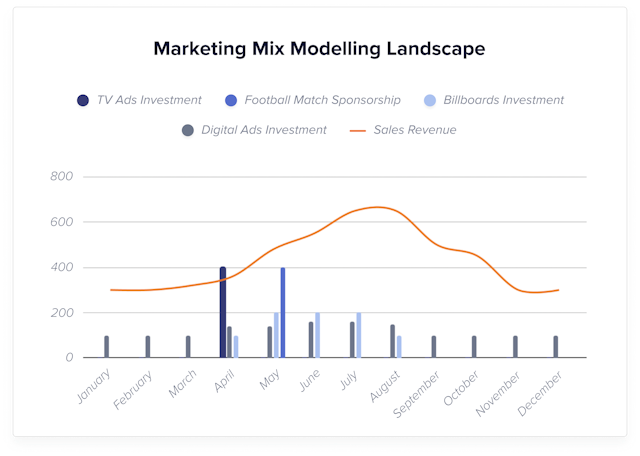
It is mostly used by large multinationals and is run very occasionally to make budget allocations.
The key advantage of this is that it doesn’t rely on cookies or website tracking, as sales are measured at a company level. That comes with the downside that it can’t offer any detailed reporting down to the ad level and takes months to give results.
Incrementality testing - A/B testing different populations
Incrementality testing is about running a campaign to only part of your audience to test the impact.
For example, maybe you’re struggling to measure if running awareness ads on YouTube is worth the budget. You can split the audience, such as only targeting the ads to audiences in some cities, to test whether overall sales go up in those areas.
Some testing tools still rely on cookies to split the audience into two groups, while some use cookieless options such as geography or demographics.
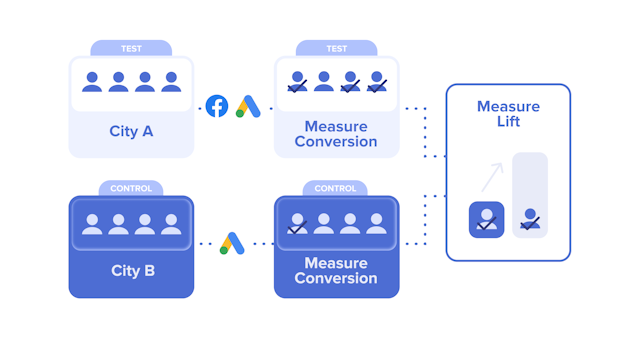
It is a growing area of interest but has subtle limitations. If the groups are split using cookies then it suffers from the issues we have already discussed.
Conversion Modelling by SegmentStream - scoring each session
Conversion Modelling by SegmentStream is a new approach. It assesses each website session to predict the probability that the visitor will convert in the future.
Instead of waiting to retrospectively link back a conversion action using cookies, it analyzes the quality of website traffic even if no conversion was observed.
The tool looks at how past customers have interacted with the website, building up a model of what actions signal someone is on their way to becoming a customer. Any further visit is analyzed against these criteria, giving a score of how likely they are to convert.
This guarantees that each traffic source gets the value it deserves even if the real conversion happens from another device, browser, or cookie.
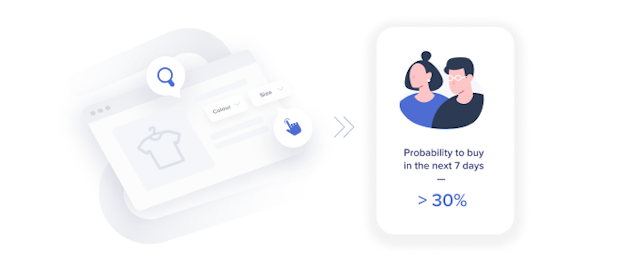
Conversion Modelling happens for each visitor connected to the specific campaign, ad, and keyword that brought them to your website.
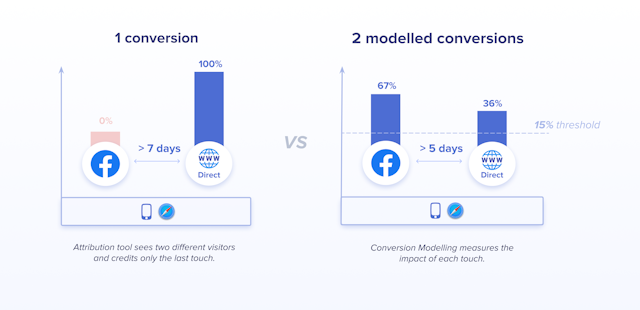
Advertisers get an assessment of how all of their ads are affecting sales, even if a purchase did not occur during that visit or cookie at all.
Conversion Modelling is also able to provide more data back to the ad platforms to improve smart bidding. By sending Meta or Google enriched immediate feedback about the true value of an ad click, they can make better informed decisions about how to send you the best possible traffic.
Avoiding gut decisions with alternative attribution methods
As we’ve covered, adding in a dose of machine learning doesn’t fix the fundamental issues with cookie-based conversion tracking. The data limitations still create patchy attribution data, leaving advertisers relying on the gut feel to assess how many sales the reports aren’t seeing.
Unlike DDA attempting to link sessions together into a journey, Conversion Modelling by SegmentStream reliably assesses the incremental impact of each visit. Marketers can use this data to optimize every touchpoint in their marketing campaigns.
To find out more detail on how it works, check out this free guide on Conversion Modelling Guide for Performance Marketers.
Content by The Drum Network member:

SegmentStream
SegmentStream is a Conversion Modelling Platform that provides a next-generation solution to outdated attribution and conversion tracking tools that are no longer...
Find out more
